There's no definitive answer for how long your tyres should last, but it’s recommended that you should always replace your tyres once they are ten years old. The advice for how many kilometres your tyres last varies widely from 10,000 to 50,000 kilometres.
The lifespan of your tyres will vary depending on a number of factors including:
Even if your tyres look like they're in good condition, it’s recommended you replace them after ten years from their manufacture date. This includes spare tyres. Even if you think your tyres could last a little longer, it’s better to be safe than sorry.
Regardless of how far you drive, once your tyres are five years old you should get them checked yearly. After five years a tyre will begin to deteriorate, as it dries out and the rubber loses its suppleness. This happens whether you drive a lot or very little, and also affects your spare tyre. Your mechanic should check your tyres as part of your regular service, or you can get them checked at a tyre shop. Many tyre shop offer a free tyre health check.
There are some easy ways to check your tyre's condition, as well as some simple steps to lengthen their lifespan so you can save money on tyre replacements.
Tyre tread is the rubber on the tyre that makes contact with the road or ground. The grooves on your tyres is the tread pattern. The tyre tread is the raised section that touches the ground when you drive.
As a tyre ages and wears down, the tread is worn off. This reduces its effectiveness and safety. The grooves in the tread are specially designed to keep you safe in a range of driving conditions.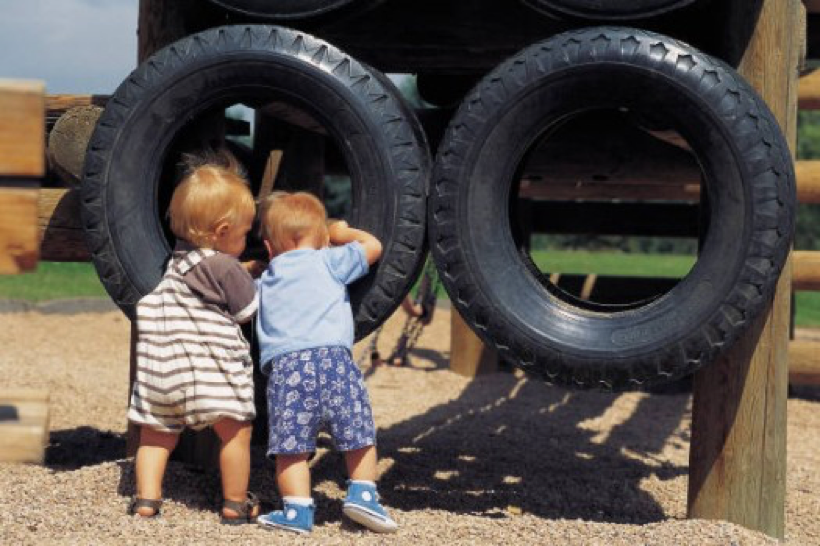 In fact, there are a variety of different tread patterns for this reason: some patterns are optimised for driving on snow, or to reduce noise or increase grip.
In fact, there are a variety of different tread patterns for this reason: some patterns are optimised for driving on snow, or to reduce noise or increase grip.
The grooves in tyres also allow water to be expelled to prevent hydroplaning. If the depth of the grooves wear down too far, your tyres can’t expell all the water they encounter. This creates a thin barrier of water between the tyre and the ground, causing the car to skid across the wet road.
An easy way to check your tread pattern is to put a coin into the groove to see how deep it is. If you stick a 20 cent coin in and the tread isn’t touching the platypus’ bill, it’s too shallow. You can also check by running your hand over the tread and making sure you can feel all the grooves.If you aren’t sure, take your car to a tyre shop for a checkup.
Look for a tread wear indicator on your tyre, usually marked by a triangle on the sidewall of the tyre. Inside one of the grooves in line with that triangle, you will see or feel a raised section which indicates the minimum depth of the tread.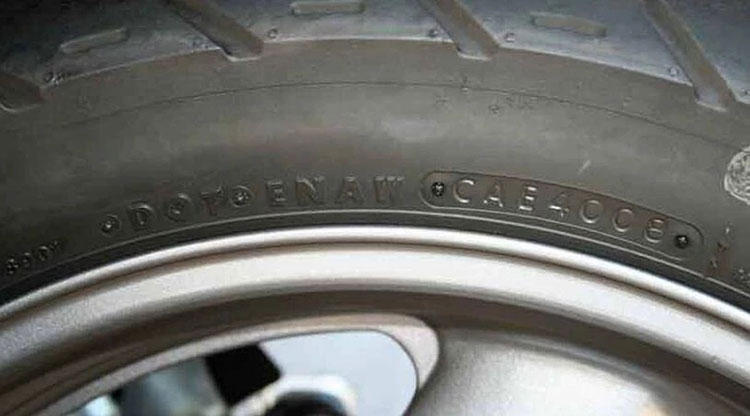 If the rest of the tyre is level with this raised section, your tyre is due for replacement.
If the rest of the tyre is level with this raised section, your tyre is due for replacement.
We organise the technology, damage cover and support so you can safely rent out your car and earn an income.
Park your car away from direct sunlight. This will minimise the damaging effects of UV rays on the rubber. If you don’t have an indoor parking spot, try to park in a shady area.
Check that each tyre is wearing at a similar rate. To keep your tyres wearing evenly, rotate them regularly – including the spare if it’s a full sized tyre – so that the front tyres are placed on the rear of the car and vice versa. You should do this every service or every 10,000 kilometres. Your front tyres will wear more quickly because of the position of the steering, so it’s important to rotate them regularly to spread the wear evenly.
Your wheel alignment will affect how long your tyres should last, and the way your car handles. Your mechanic should do this as part of your regular service, but if you're concerned that your wheel alignment is off, take it in to the mechanic or tyre shop for a check and re-alignment.
This should be obvious, but drive carefully. Don’t be a wannabe stuntman: aggressive cornering, burnouts and hard braking will all wear your tyres down quickly (not to mention the safety concerns).
Aside from the safety and legal issues, higher heat generated from high speeds wears tyres prematurely.
The heavier your car, the more pressure you are putting on your tyres, so don’t overload it by driving around with a boot full of junk. Make sure to remove any heavy items you don’t need in your car.
It’s easy to find your tyre’s correct correct operating pressure, usually measured in pounds per square inch (PSI). Check inside the driver’s door: there should be a placard there that will show the front and rear tyre pressure recommendations. Depending on the car, these may be different. If the placard isn’t in the driver’s side door frame, look inside the fuel door, the glove box or your car’s manual.
Check inside the driver’s door: there should be a placard there that will show the front and rear tyre pressure recommendations. Depending on the car, these may be different. If the placard isn’t in the driver’s side door frame, look inside the fuel door, the glove box or your car’s manual.
Check your tyre’s current pressure by heading to a petrol station with a tyre inflation service. Many of them offer it for free, or sometimes you may need to pay a dollar or two to use it. Attach the hose to the valve on each of your rims and the machine will do the rest of the work. Depending on the machine, you can either set the PSI you want, or manually fill it. Aim to check your car's tyre pressure monthly.
Bonus Tip:Take the valve caps off your tyres before putting your money in the machine to avoid running out of time!
It’s important to remember that there is no one final answer to how long tyres last.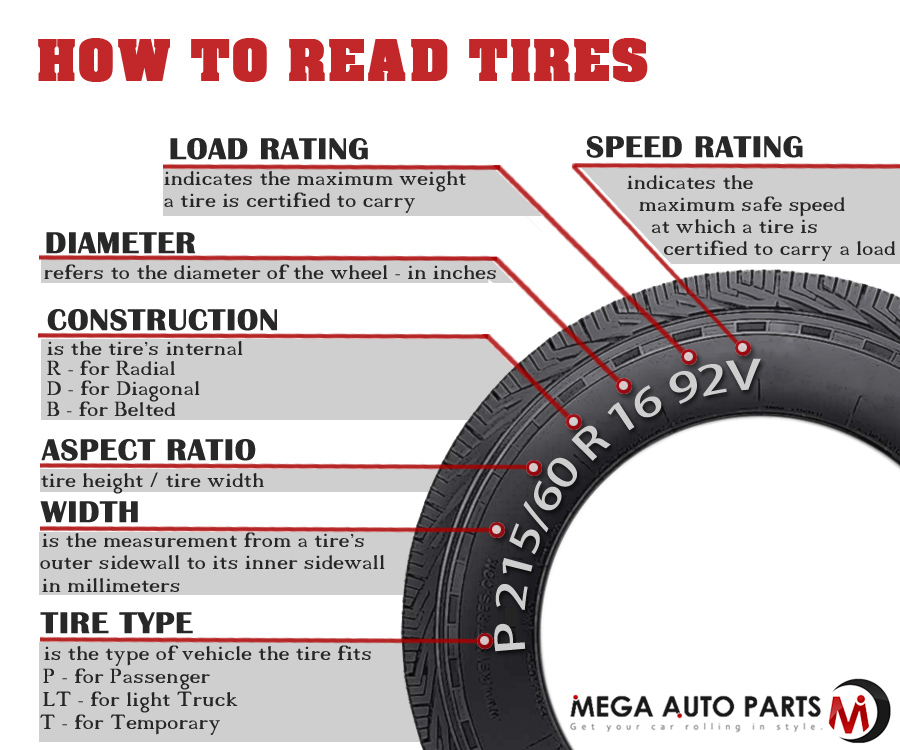 If you aren’t sure if your tyres are roadworthy, take them to a professional to get them checked.
If you aren’t sure if your tyres are roadworthy, take them to a professional to get them checked.
The question, "How long does a tire last?" tends to be followed by several others like, “What causes a tire to wear? When should tires be replaced? What can be done to make tires last longer?” Fortunately, we can help provide clarity around these questions.
There is no exact answer to how long a particular tire will last, but there are things a driver can do to get the most out of their tire investment and avoid driving on unsafe tires. On average, people drive between 12,000 to 15,000 miles a year, which means the average good quality all-season tire will last somewhere between three and five years, depending on maintenance, driving style and conditions, etc.
The National Highway Traffic Safety Association (NHTSA) states a driver is three times more likely to be involved in a crash caused by poor tire condition.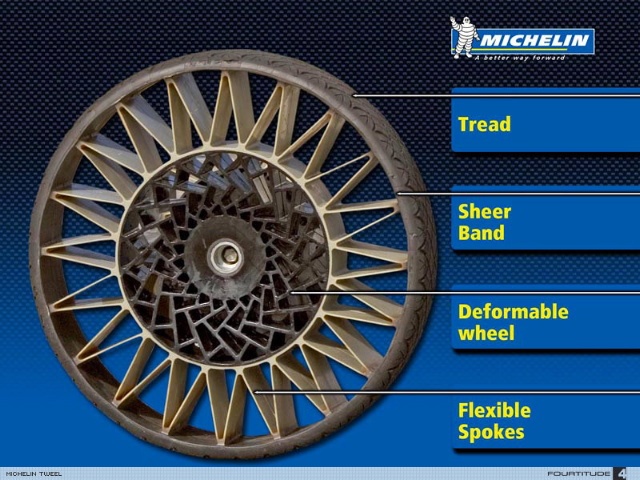 Safer is smarter when it comes to the health of tires, so if there is ever a question on tread wear or age, have the tires checked.
Safer is smarter when it comes to the health of tires, so if there is ever a question on tread wear or age, have the tires checked.
Multiple factors play a role in how long a tire may remain in service. Miles driven, road conditions, driving style, maintenance and age all affect how long a tire lasts.
Worn vs. Aged
Tires naturally wear the more they are driven and worn out tires provide reduced traction compared to those with adequate tread, especially in adverse weather conditions. Most drivers understand worn out tires (remaining tread depth at or below 2/32”) should be removed from service.
Many drivers are not aware that minimally used tires, like the ones on recreational vehicles, collectible cars, or even spare tires, tend to experience aging instead of wearing, due to a lack of driving. An aged tire has a substantial amount of tread; however, the structural integrity of the tire is weaker because the tire needs to be driven for the chemicals in the rubber to remain effective.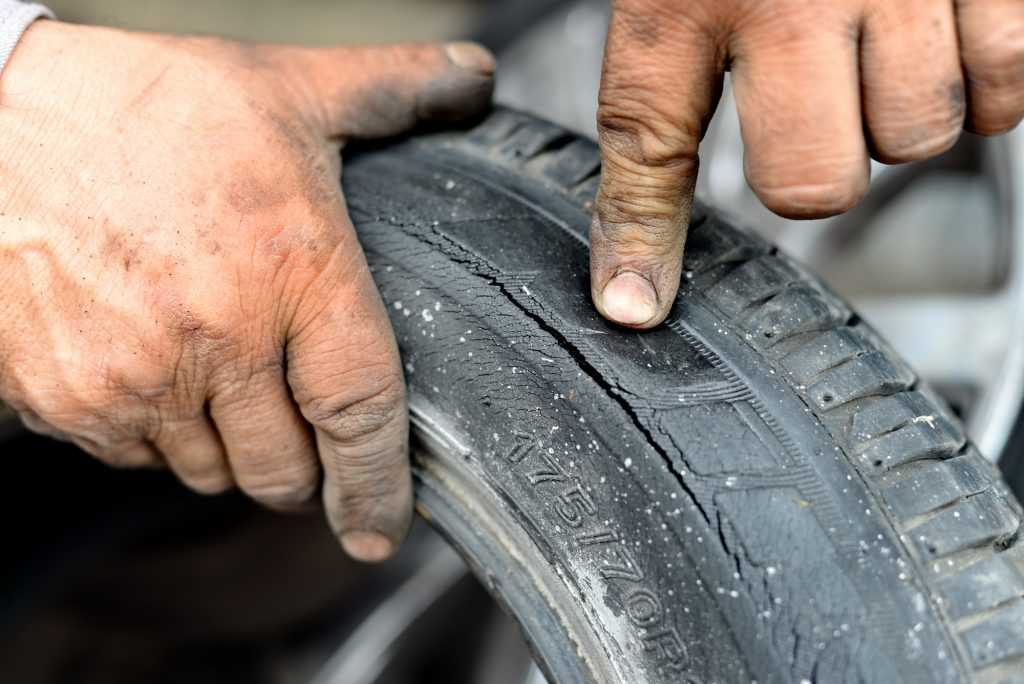
Curbs, Potholes, and Other Hazards
Hitting curbs or driving on roads in poor condition (potholes, broken pavement, poorly graded railroad crossings, unpaved roads, etc.) can cause misalignment, and suspension damage that affects tire wear. If your daily drive includes these challenges, be sure to schedule annual suspension, alignment and tire checks.
Weather Conditions
Driving in poor weather conditions like ice, snow, and rain can cause tires to wear quicker because they must work harder to maintain traction. Purchasing tires that are specially engineered to perform in specific weather conditions can provide drivers with an extra measure of traction and control (meaning greater safety) while delivering good treadwear.
Bridgestone offers different types of tires designed to keep you and your car safe during any weather or road condition. For example, Bridgestone's Blizzak tire series is built to perform in harsh winter weather conditions providing durable traction on snowy and icy roads, and the Dueler tire series is one of several that offer a secure grip on wet road conditions for areas that experience heavy rain.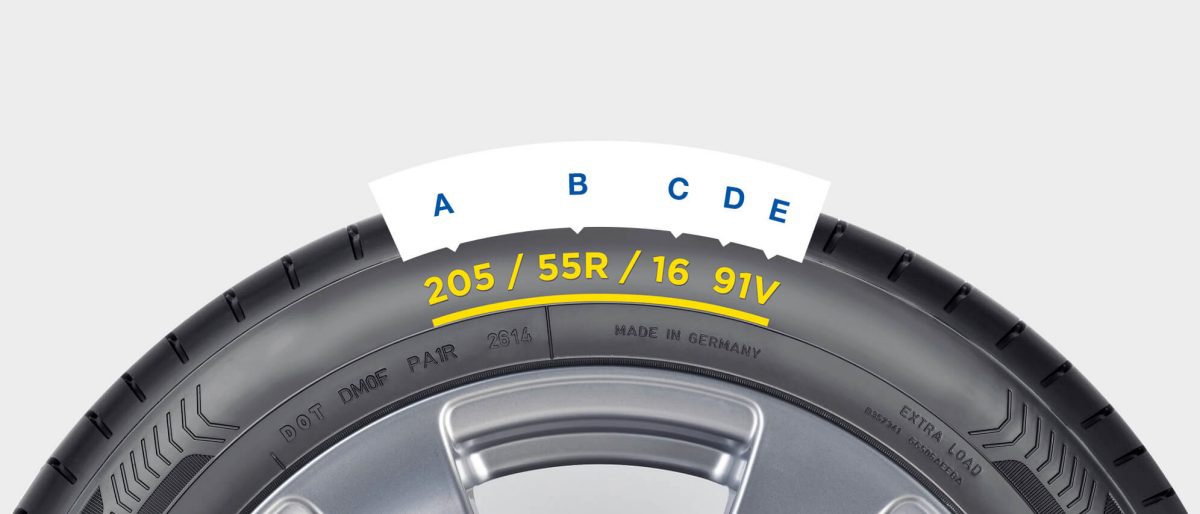
Poor Driving Habits
Poor driving habits like hard cornering, quick acceleration, and sudden braking can increase the stress on tires tremendously, causing them to wear rapidly. Drivers can extend the life of their tires significantly by avoiding aggressive driving.
Neglected Maintenance
It is important to regularly have tires checked for damage, to maintain air pressure levels, and to keep tires aligned and rotated. Without proper maintenance, tire life can be reduced by as much as half - even more, in some cases.
If the below signs are evident with your tires, it may be time to have them replaced.
Low Tread Depth
Tread loss is a significant sign a tire needs to be replaced. Low tread is a sign driver can physically see happening on their tire. Depending on the part of the tire that is wearing, there may be other problems with the vehicle.
Pronounced inner or outer shoulder wear: tires are misaligned
Edge of the shoulder wear: tires are under-inflated, need to be rotated or both.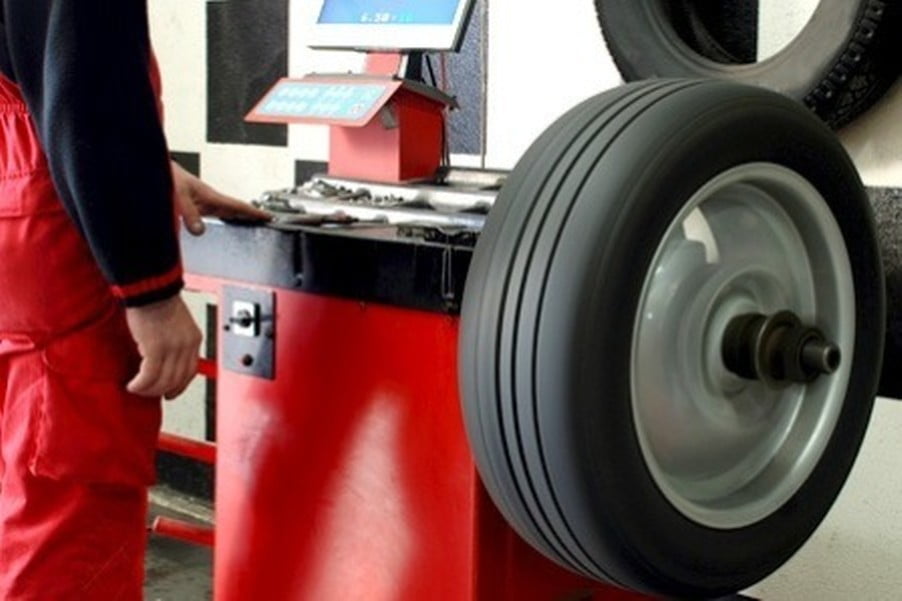
Center wear: tires may be overinflated or have been subjected to extremely hard acceleration.
Cupped wear: the vehicle is experiencing suspension problems
All tires have tread wear indicators built-in, but if the tread looks low take time to do the penny test on the tires.
Rough Drive
If you’re experiencing a vibration (particularly if it just started), or high (and increasing) levels of tire noise it may be a sign your tires are out of balance, not wearing properly or have a structural issue. In some cases, this may affect safety, so have your tires checked by a qualified professional asap.
DOT Number
The U.S. Department of Transportation (DOT) number on the tire’s sidewall is another way to help keep track of when they need to be replaced. It’s easy to identify - look for the letters “DOT” followed by eleven or twelve letters and numbers. On tires made after the year 2000 the final four digits signify the week and year of manufacture. So, a tire with “3618” would have been made in the 36th week or 2018. A tire that has a 3-digit week-and-year code means the tire was made before the year 2000 and should be replaced due to age.
So, a tire with “3618” would have been made in the 36th week or 2018. A tire that has a 3-digit week-and-year code means the tire was made before the year 2000 and should be replaced due to age.
Bridgestone recommends that its Bridgestone or Firestone brand tires be removed from service after ten years regardless of their remaining tread depth. They also recommend periodic inspections by a qualified technician for damage such as punctures, impact damage, signs of improper inflation or overloading, or other conditions resulting from the use or misuse of the tire.
Tires are both one of the largest maintenance expenses a vehicle owner is likely to face, and one of the most critical in terms of driving safety and performance. For both reasons it’s important to care for them properly. Bottom line: good maintenance and driving habits help keep drivers safe, and it saves them money by extending tire life.
Easy Does It
Tire life can be reduced by as much as half when they’re subjected to a lot of hard braking and aggressive acceleration from a standstill.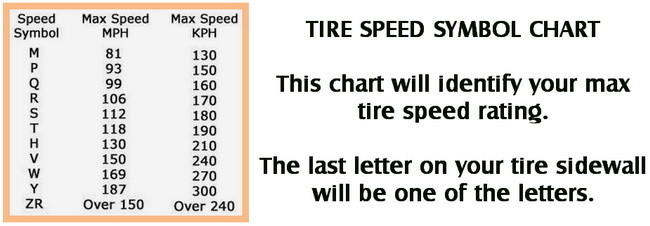 Avoiding tailgating to reduce the need for frequent hard braking will increase tire life. Easing into the throttle when pulling away from a stop reduces strain on the tires and improves wear. Slowing before sharp corners also reduces stress on tires, as does avoiding potholes and broken pavement when possible. If you’re interested in spending less on tires, following these steps can help.
Avoiding tailgating to reduce the need for frequent hard braking will increase tire life. Easing into the throttle when pulling away from a stop reduces strain on the tires and improves wear. Slowing before sharp corners also reduces stress on tires, as does avoiding potholes and broken pavement when possible. If you’re interested in spending less on tires, following these steps can help.
Regular Maintenance
Another way to extend tire life is to keep up with the proper maintenance of a vehicle and its tires. A couple of things you can do yourself are to check the air pressure and tread depth. You should have a qualified technician periodically check their balance and alignment and be sure to have tires rotated at regular intervals. maintenance is essential for your tires to perform their best and last their longest.
According to manufacturers, car tires should last up to 10 years, but this is the maximum period. The recommended service life of tires is no more than 5-6 years - in practice, after such a time, it is necessary to change the rubber, since it loses its consumer properties. This is very important, as is seasonal replacement, as worn tires greatly increase the risk of an accident, especially on wet or icy roads. Where you can confidently drive at a speed of 70–80 km/h on new tires, it is easy to lose control on worn tires already at 55–60 km/h. Therefore, every motorist needs to know about the service life of tires so that the operation of the car is not only comfortable, but also safe.
The recommended service life of tires is no more than 5-6 years - in practice, after such a time, it is necessary to change the rubber, since it loses its consumer properties. This is very important, as is seasonal replacement, as worn tires greatly increase the risk of an accident, especially on wet or icy roads. Where you can confidently drive at a speed of 70–80 km/h on new tires, it is easy to lose control on worn tires already at 55–60 km/h. Therefore, every motorist needs to know about the service life of tires so that the operation of the car is not only comfortable, but also safe.
The specified service life of 5–6 years is rather arbitrary. More important is not the date of issue of rubber, but the degree of daily wear and mileage .
The main factor influencing tire life is the vehicle type , which determines its load capacity. We are talking about what the maximum load a car can carry and whether its tires can withstand, which can be understood by their load capacity index.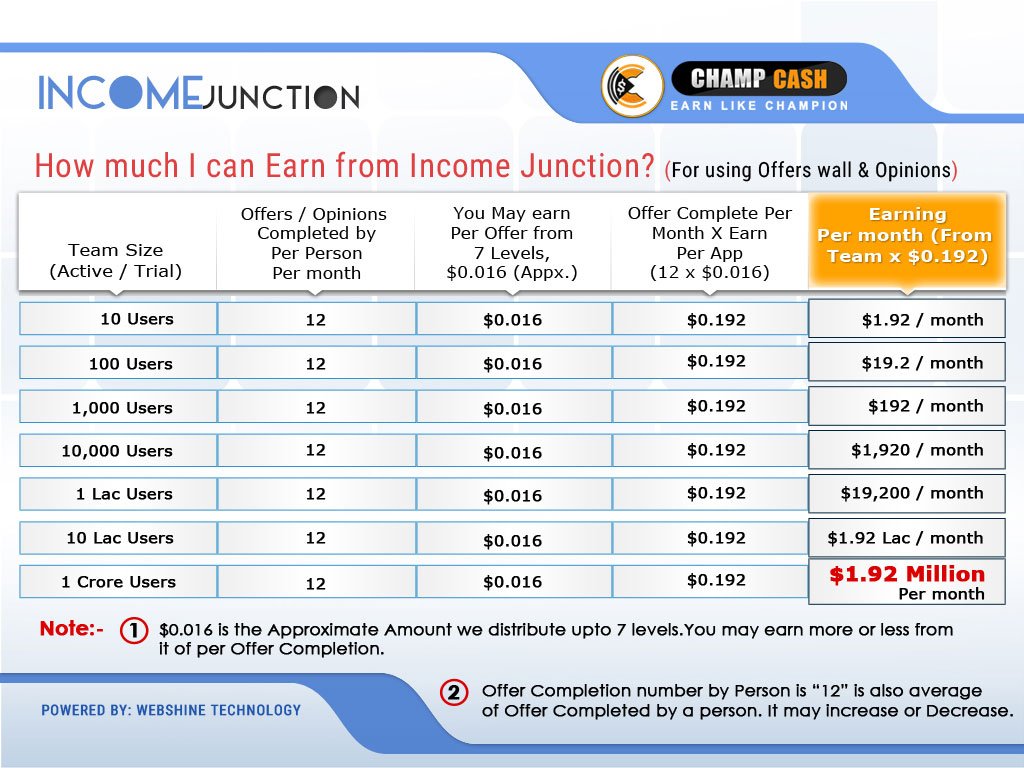
Overloading the machine by 20% shortens the service life by 30%, so the vehicle must not be allowed to carry loads that exceed its carrying capacity.
In addition to the type of car, the list of factors that affect the life of tires of any type includes:
It is necessary to control the optimal pressure in the tires of your car during all seasons.
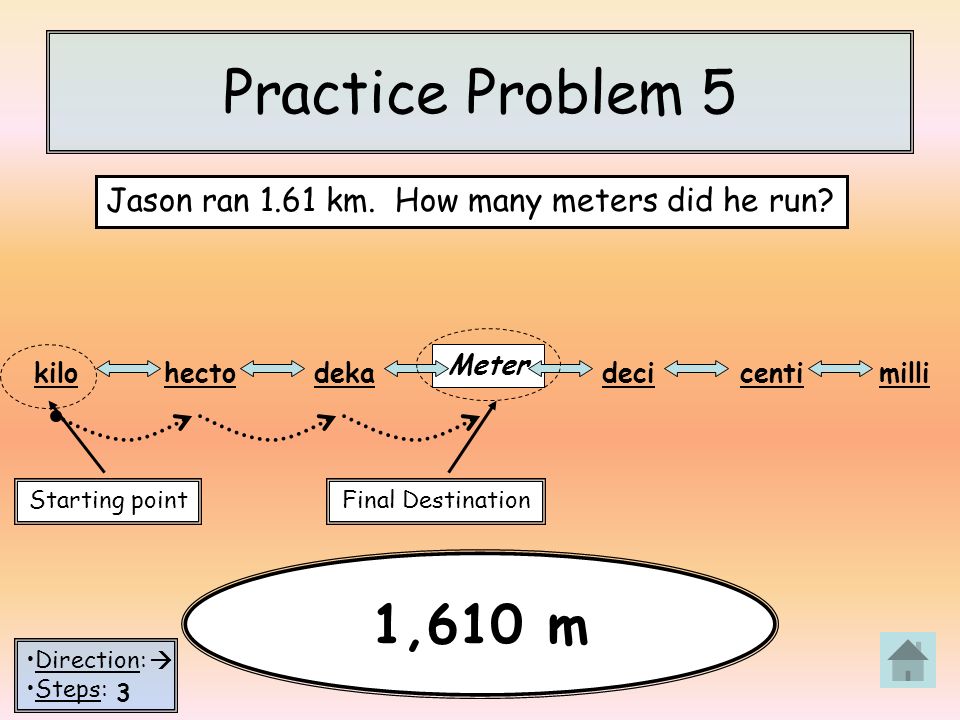 It is important that the tires are correctly mounted on the rim and rotate in the exact direction indicated on their sidewall. Otherwise, the performance properties of tires will be significantly worse, regardless of the type of driving, and wear will occur faster.
It is important that the tires are correctly mounted on the rim and rotate in the exact direction indicated on their sidewall. Otherwise, the performance properties of tires will be significantly worse, regardless of the type of driving, and wear will occur faster. Regarding the correct rearrangement of tires, we prepared a separate and detailed material, which you can find at the link.

Based on the list of influencing factors, we can conclude that reduces the life of tires:
Critical tire wear can be determined by special indicators that are carried out during tire production. These are transverse protrusions (lintels), reaching a height of 1.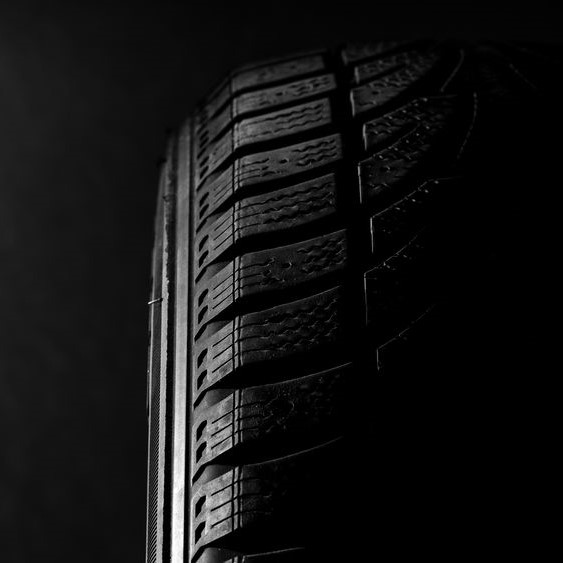 6 mm.
6 mm.
When the indicators become visible, the tire has begun to wear out.
The location of the indicators is indicated on the sidewall of the tire using the triangle symbols or the letters TWI meaning Tread Wear Indicator.
Critical tire wear is indicated by:
Summer and winter, passenger and truck tires have their own minimum residual tread depth, which is determined by wear indicators. You can measure this value with a special depth gauge: if it is below the set limit, then the rubber needs to be replaced.
Measuring is difficult due to uneven wear. In this case, it is necessary to determine the suitability of rubber in the area where wear is most pronounced . When the tread edge wears out on one side, we can speak of a violation of the toe-in angle . In this case, you need to contact the service station.
When the tread edge wears out on one side, we can speak of a violation of the toe-in angle . In this case, you need to contact the service station.
Tires also have numbers that wear out as they wear, which also helps to determine its degree.
Learn more about the types of wear and what it can threaten in the article.
The average load capacity of passenger cars is 2 tons , and the tire mileage is about 45 thousand km. Depending on the driving style, the characteristics of the car itself and the season, you can drive on passenger tires from 40 to 70 thousand km .
Summer tires tend to last longer than winter tires because the operating conditions are less severe. All that summer tires can face on the road is high temperatures, hot or wet asphalt. The last to be determined is the safe value of the residual tread depth - for summer tires it is 1.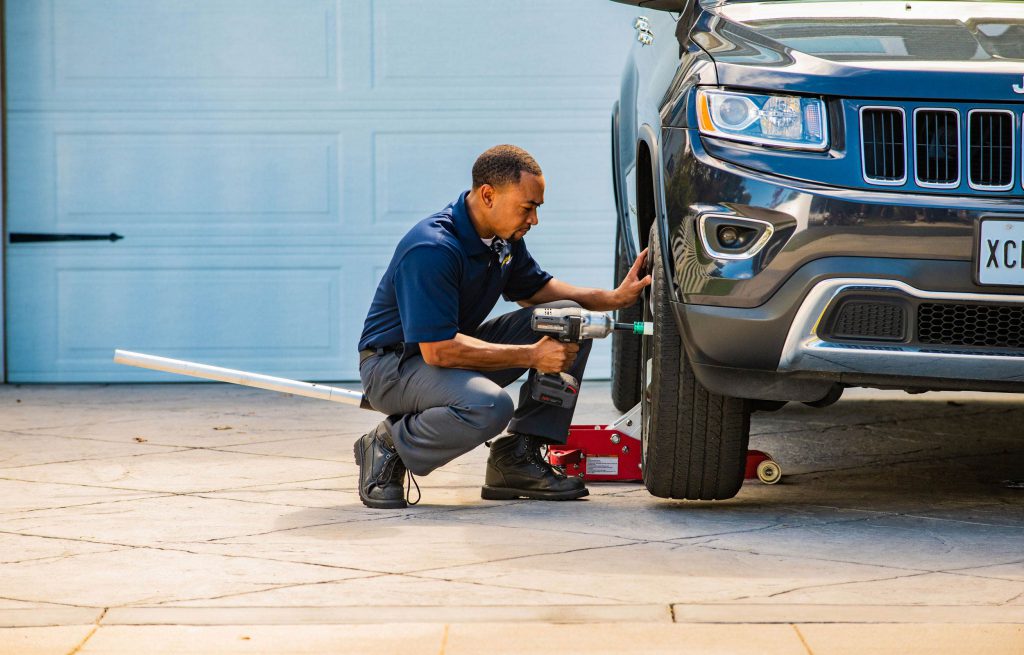 6 mm . With a shallower groove depth, water drainage becomes impossible. Although the behavior of the tire on the road becomes unsafe already at a tread depth of about 3 mm.
6 mm . With a shallower groove depth, water drainage becomes impossible. Although the behavior of the tire on the road becomes unsafe already at a tread depth of about 3 mm.
Summer tires are more rigid than soft and elastic winter tires. The peculiarity of the composition and less difficult operating conditions explain the longer service life: an average of 5-6 years with careful driving on a flat roadway.
Winter tires have much less time and almost always fail due to tread wear, because the tread of a new tire is 7-8 mm, and the working height remains only 3-4 mm.
In the case of studded tires, very few metal elements are retained with such wear, so it can no longer provide proper road safety.
Friction (not studded) tires with similar wear also lose most of their performance.
In reality, winter tires have an average mileage of not exceeding 30,000 km .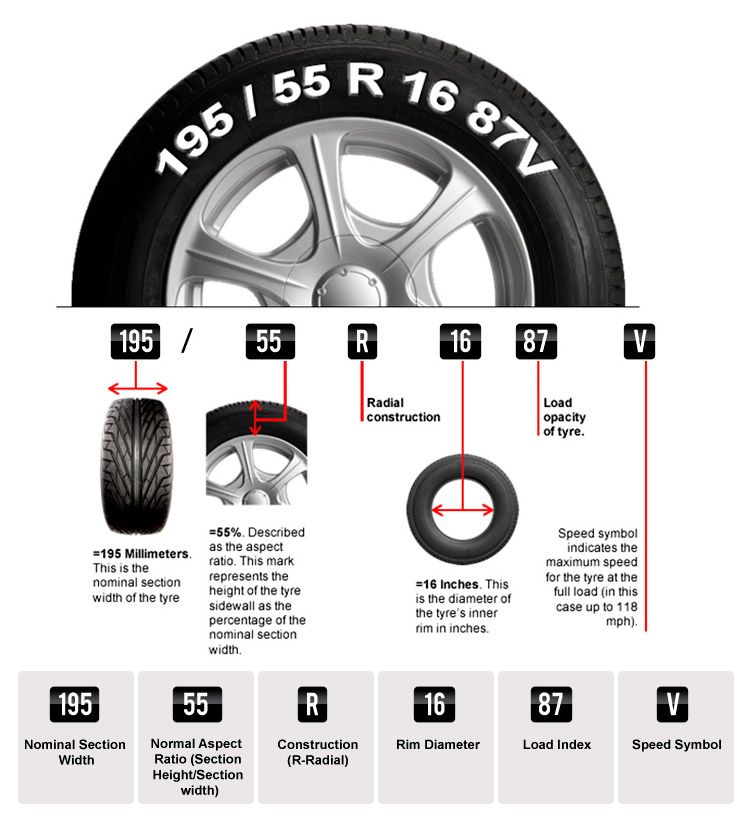
Some motorists decide to re-roll "bald" tires in the summer, but this is dangerous, because the grip on the heated road surface will be very low.
So, the service life of winter tires differs depending on their type:
You can find detailed recommendations on choosing winter tires for your car here.
Residual tread depth for winter passenger tires is 4 mm . The value was chosen taking into account the fact that to ensure safe driving on winter roads: snowy, icy, covered with wet snow. In the latter case, a phenomenon akin to aquaplaning occurs - slashplaning, i.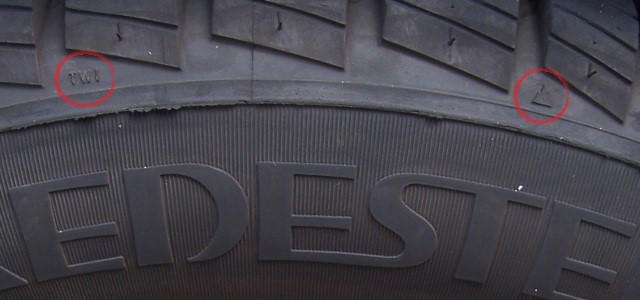 e. sliding on snow slush (slush), which occurs at speeds above 50 km / h. The wheels seem to "float" over the road at high speed.
e. sliding on snow slush (slush), which occurs at speeds above 50 km / h. The wheels seem to "float" over the road at high speed.
The tread must have sufficient height to ensure that the slush is quickly removed from the contact area with the road. This is due to the fact that the thickness of the layer of wet snow can be several centimeters. Grooves that are too shallow just won't do the job.
It has also been proven that directional tread tires resist slashplaning better. The direction of rotation is usually indicated by an arrow and the word Rotation.
Light truck tires are designed for light trucks, pickups, buses and light commercial vehicles that have load capacity from 2 to 4 tons . The average mileage of the tires used on them is 60 thousand km . This is due to the fact that such tires belong to the category of commercial tires with a reinforced structure.
To prolong the life of your light truck tires, we recommend checking the pressure at least once a week, preferably every morning before driving. Measurements must be made on cold tires , i.e. not less than 3 hours after the end of the trip.
Measurements must be made on cold tires , i.e. not less than 3 hours after the end of the trip.
The choice of the correct size of tires depending on the season also helps to increase the resource: appropriate wide models are more suitable for summer, and winter and narrower ones are better in winter.
Trucks have the largest load capacity - more than 4 tons . Accordingly, their rubber has the greatest resource, which is 65–70 thousand km . In this case, the residual tread depth is 1 mm .
Increased wear resistance is due to the fact that truck tires are primarily designed for intensive use, often daily throughout the year. The decisive role in the service life of such tires is played by:
 Tires quickly deform, overheat, become covered with cracks, which in the end can even lead to a rupture.
Tires quickly deform, overheat, become covered with cracks, which in the end can even lead to a rupture.
The issue of service life for such tires is also important because it affects the cost per kilometer (CPC), which is important for evaluating the performance of rubber, optimizing fleet costs and determining the profitability of freight transportation. Recall that the indicator is calculated according to the following formula:
UPC = (Tire cost + Maintenance costs - Carcass price) ÷ Mileage (km).
From the formula it becomes clear: the greater the mileage of the tires, the lower the UPC, which means that the freight transportation is more profitable.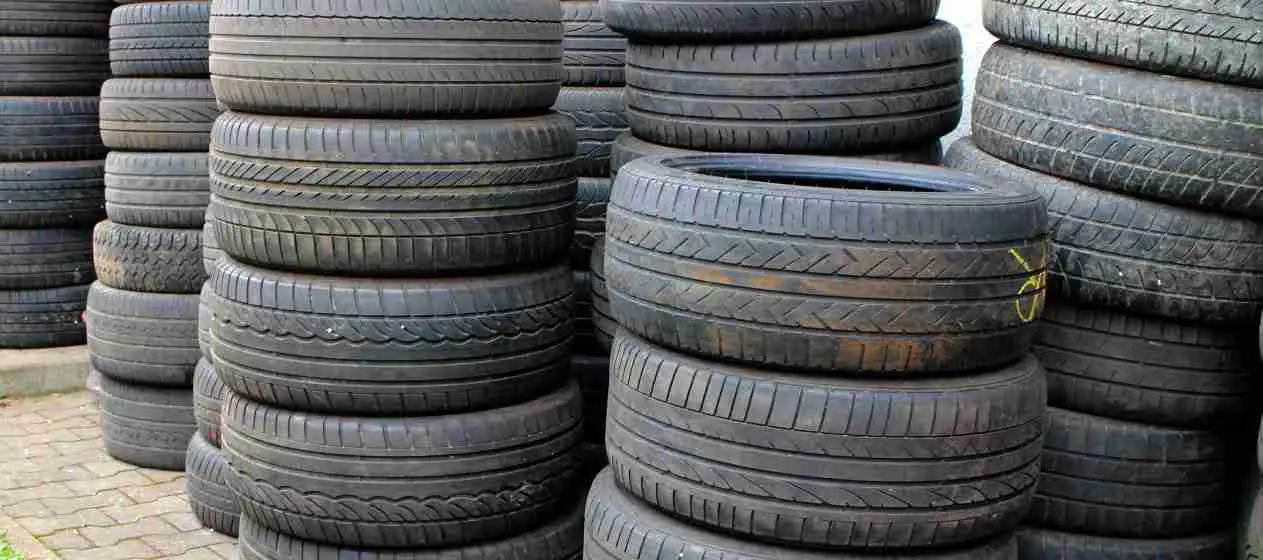 Therefore, companies conducting such activities seek to increase the resource of tires. This is possible by following the basic recommendations that are suitable for all tires:
Therefore, companies conducting such activities seek to increase the resource of tires. This is possible by following the basic recommendations that are suitable for all tires:
When choosing truck tires, you need to take into account the operating conditions of the truck and the category of goods transported, depending on what they buy:
It also matters the type of axle where the tires will be installed: trailer tires cannot be placed on the steering axle due to the incorrect operation model and the load calculated by the manufacturer. These actions can not only significantly reduce the life of the tires, but also be dangerous for driving on the roads.
It is equally important to follow the recommendations for driving, in particular, do not drive at high speed with a heavily loaded car, move smoothly, do not accelerate too quickly.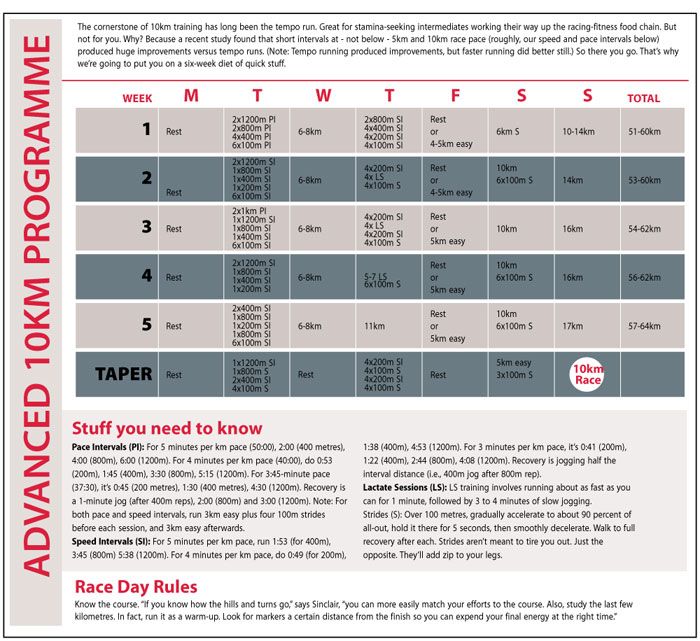
Tire life is as important for agricultural machinery as for trucks.
The cost of operating rubber here reaches 20% of the total cost of per car. And during the service life of equipment , rubber has to be renewed 3-4 times .
Due to the operation in difficult field conditions, tires for agricultural and special equipment have an increased resource. High wear resistance is provided by a multi-layer construction (6–24 layers) of the sole and sidewalls, reinforced reinforcement, a special tread compound and stiffeners.
But even with a special design, tires for agricultural machinery usually last less than for passenger cars - sometimes is less than 5 seasons , which is explained by difficult operating conditions. To extend the service life, you must follow a number of rules:
 The wetter the ground, the higher the lugs should be. To work on soil with a high level of adhesion, lugs are needed, located as far apart as possible.
The wetter the ground, the higher the lugs should be. To work on soil with a high level of adhesion, lugs are needed, located as far apart as possible. When driving, pay attention to whether the vehicle is pulling to one side. If this happens, then a swap is required.

Many drivers will have their own opinion on this matter. Some will focus on the requirements of the law, namely the minimum tread depth. Others will say that tires should not be used for more than five years, after which the rubber loses its properties and becomes "wooden". Still others will remember that they read about mileage limits ranging from 40 to 60 thousand kilometers. The fourth will operate only with the amount of money in the wallet.
There is, of course, a very desperate group of motorists. These guys drive to the last and erase the "meaty" tires to the state of a racing slick. Well, individual adepts can be seen rustling spikes on the asphalt in mid-July.
How do you like the rear tires of this Mitsubishi Galant?Whose approach is correct? There is no definite answer, except that the latter pose a serious danger both to themselves and to other road users. Almost all the remaining methods have some logic behind them.
Driving with tires with less than the required tread depth is punishable by a fine. The police rarely pay attention to this, but it is worth keeping in mind the administrative responsibility. So, according to part 5 of article 590 of the Code of Administrative Offenses of the Republic of Kazakhstan, 5 MCI, or 13,890 tenge in 2020, will have to be paid to the treasury. Repeated violation within a year increases the penalty to 20 MCI (55,560 tenge).
The minimum residual tread depth is specified in clauses 5. 6.1 and 5.6.2 of Appendix No. 7 TR TS 018/2011 "On the safety of wheeled vehicles". The text says that for passenger cars, the balance must be at least 1.6 mm for summer tires and at least 4 mm for winter and marked with signs: M + S, M & S and M S.
6.1 and 5.6.2 of Appendix No. 7 TR TS 018/2011 "On the safety of wheeled vehicles". The text says that for passenger cars, the balance must be at least 1.6 mm for summer tires and at least 4 mm for winter and marked with signs: M + S, M & S and M S.
Note that measuring the tread depth with a ruler is an extreme step. Almost all modern tires have special wear indicators. As soon as they appear, the rubber should be replaced.
The average life of almost all tires from major manufacturers is 7-10 years, depending on their seasonality. True, such a duration should be expected if a number of operational requirements are met. These include driving on high-quality roads with optimal tire pressure, correctly set wheel alignment angles and a normally working suspension.
Tire age can be found by a special marker. The four digits enclosed in an oval (more often found on the inner sidewall) are the DOT marking, in a simple way, the production date.
The first two digits indicate the week, and the last two indicate the year of production.
Any of the above parameters can significantly reduce the life of the rubber. For example, with insufficient pressure in the wheel, the side parts of the tread will wear off faster, with high pressure, its middle part. Violations in the geometry lead to uneven tire wear.
The middle part of the tread is worn more. The reason may be an excess of pressure in the wheelHow and where the rubber is stored is also an important factor. Manufacturers recommend a dry, cool and dark room.
In Kazakhstan, you should not count on more than five years of operation. Nevertheless, one set of wheels can really drive for about ten years. Whether it's worth it is a completely different question. From personal (almost) experience: tires manufactured in one of the CIS countries served from mid-2008 to spring 2018. The annual mileage of the car was small, about 10,000 km per year, including sorties on light off-road.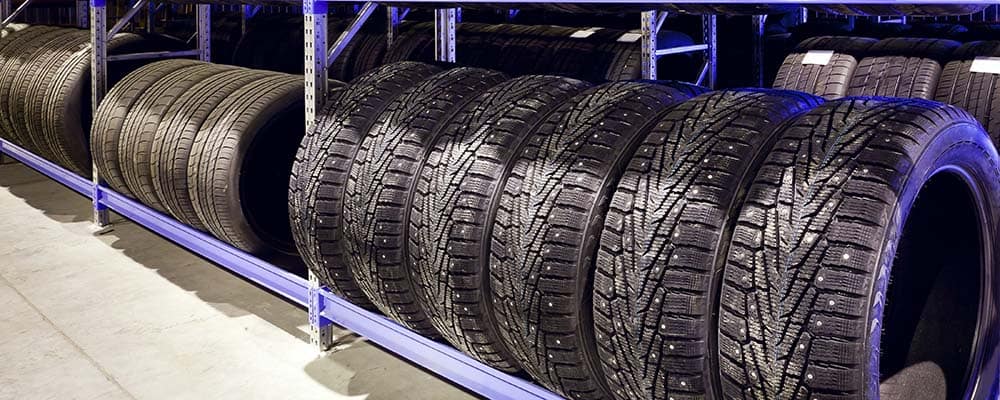 The rest of the tread after all this time would have allowed the same amount of travel, but when one of the tires was removed for repair (the wheel was regularly flattened), the landing board literally crumbled.
The rest of the tread after all this time would have allowed the same amount of travel, but when one of the tires was removed for repair (the wheel was regularly flattened), the landing board literally crumbled.
Another benchmark for tire replacement is mileage. There are often recommendations on the Web that refer to GOST. Their text says: for passenger cars with a carrying capacity of up to two tons, the service life of tires is 45,000 kilometers.
You can also find references to the operating mileage standards for vehicle tires approved by the Ministry of Transport of the Russian Federation. In them, the average service life varies from 40 thousand kilometers for Russian rubber to 60 thousand for foreign. Note that this document became invalid after the entry of the Technical Regulations of the Customs Union.
You can also determine how much a tire can run by using the Treadwear (TW) parameter, which indicates the tire wear index. He rarely receives attention.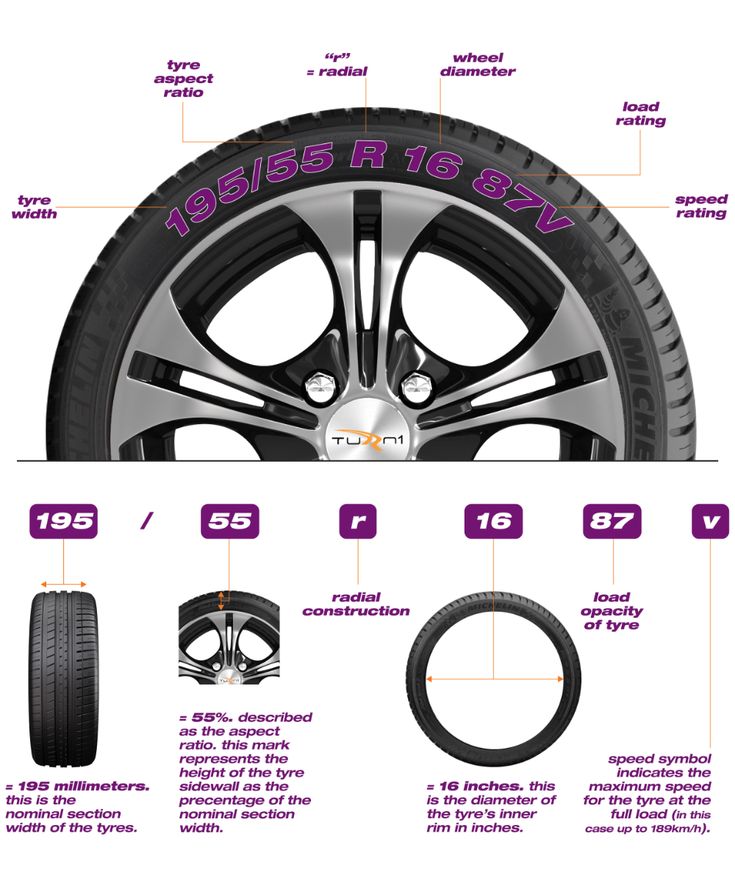 This figure is usually of interest to those who plan to operate the car in a sports environment. Soft and, accordingly, tenacious rubber has a fairly low TW, which racers are guided by.
This figure is usually of interest to those who plan to operate the car in a sports environment. Soft and, accordingly, tenacious rubber has a fairly low TW, which racers are guided by.
Surely you have a reasonable question about how the wear resistance index correlates with mileage. TW appeared thanks to the specialists of the National Highway Traffic Safety Administration (NHTSA). To calculate it, the tire at the test site is compared with a special sample, the TW of which is already known.
According to the methodology, the TW100 is equivalent to 48,000 mileage until the tires are completely worn out, that is, Nokian Hakka Green, for example, having a TW400, is capable of serving up to 192,000 kilometers. True, in the real world, wear is influenced by many factors that we talked about above, as well as driving style. Therefore, the results of calculations for TW are recommended to be divided by two. It turns out 96 thousand, or almost 5 years of operation, provided that in the warm season the car drives about 20 thousand kilometers.
In total, we have three parameters that should help with understanding how long tires will last if they are used correctly, and also tell you when to send a set of tires to the scrap and take care of buying new ones. This can be done on the Kolesa.kz portal using the search form in the "Spare Parts" section.
| | 5.2K 16
| | 36.